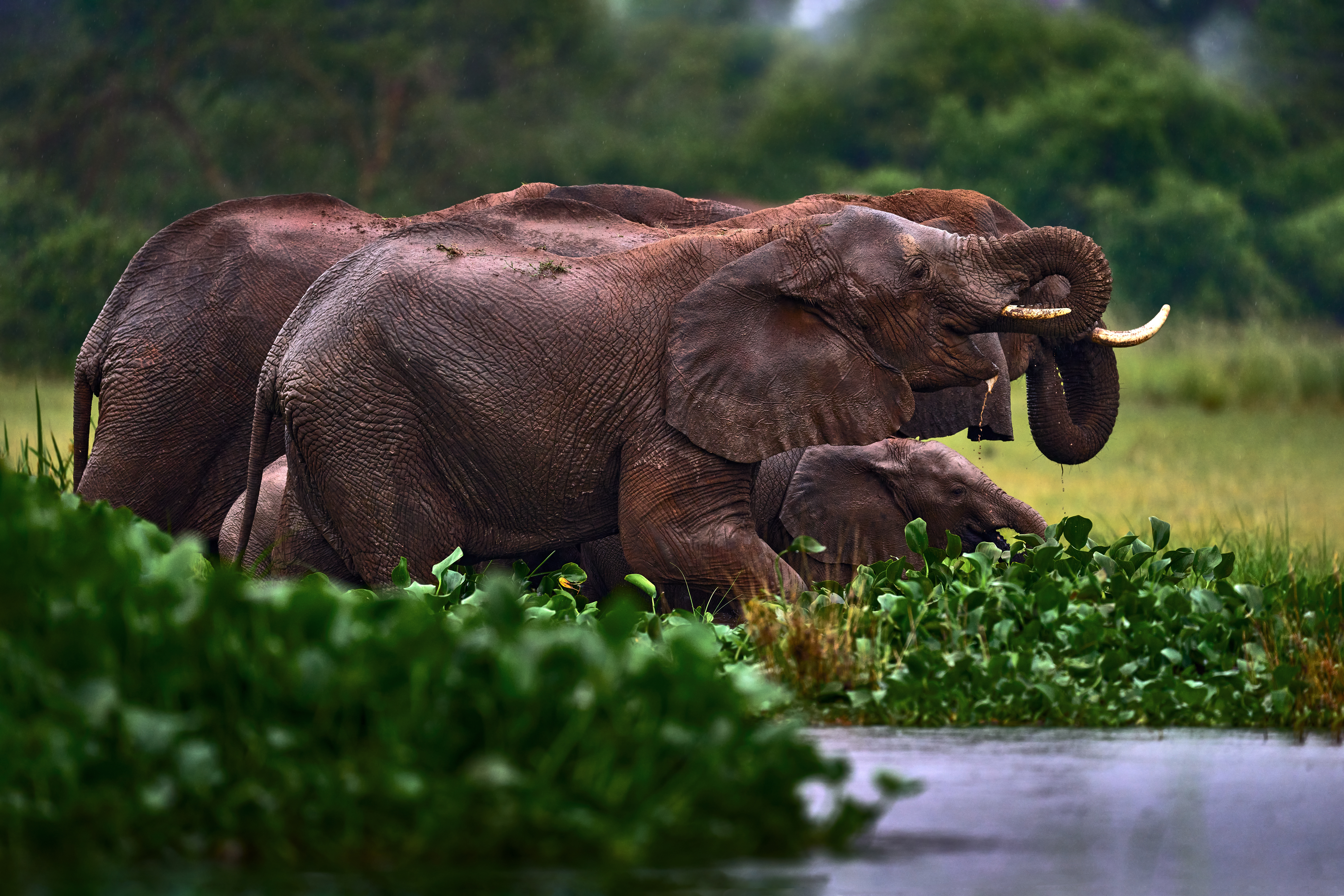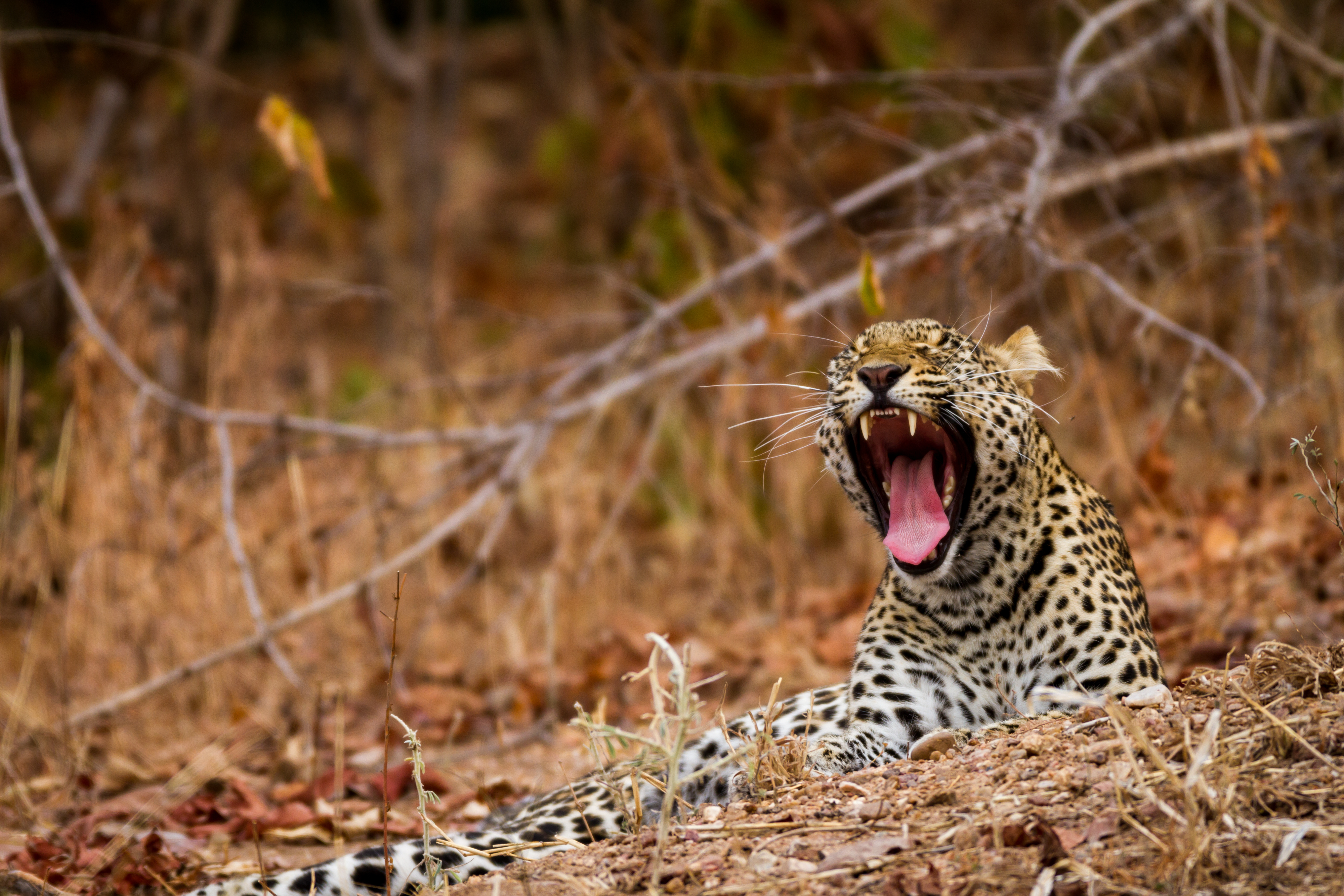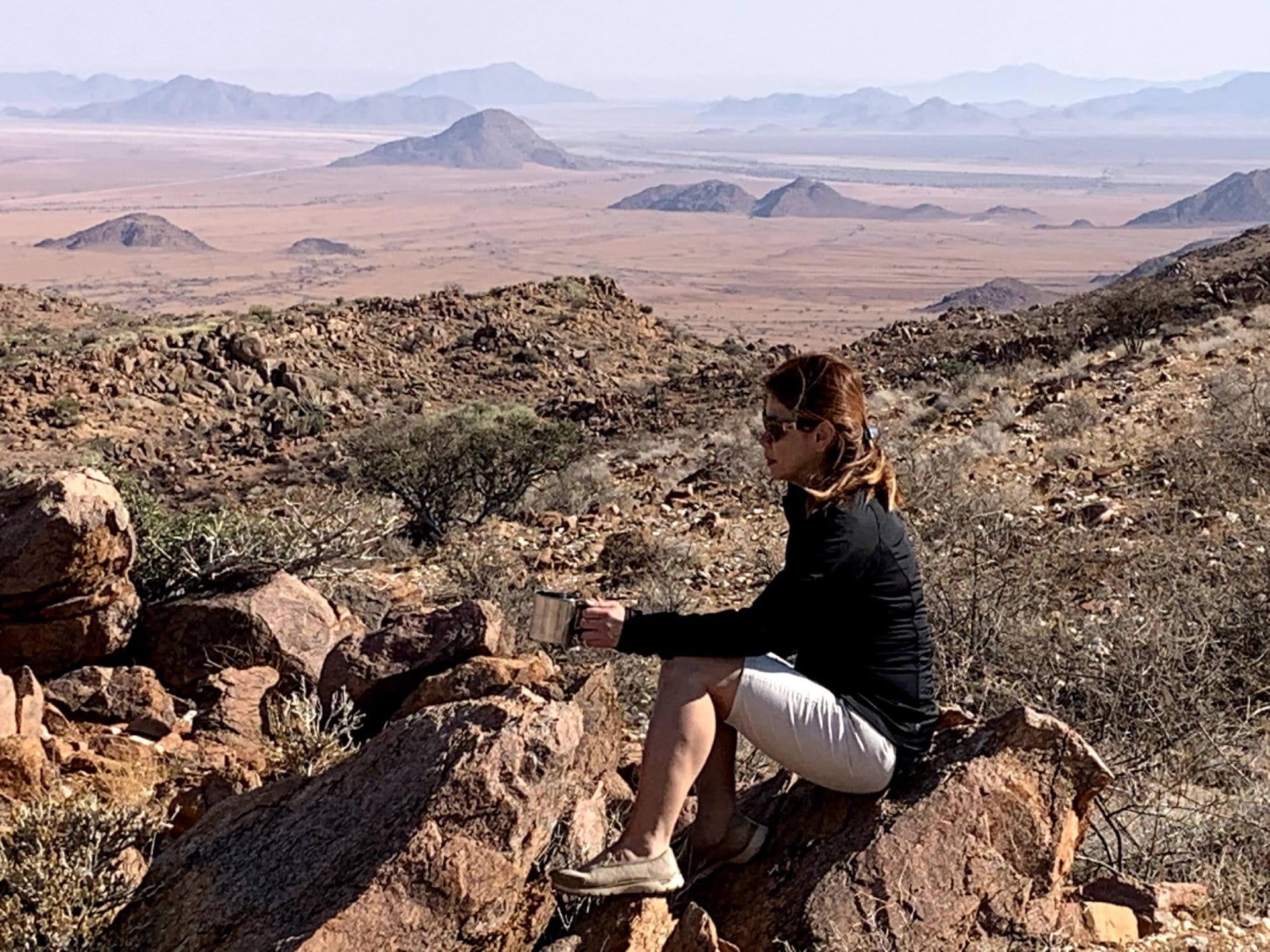Yes. US and Canadian citizens need a visa to enter Zambia. You can obtain one online (an eVisa), on arrival at major airports, or at land borders. Tourist visas are usually valid for 30 days. If you plan to visit both Zambia and Zimbabwe, consider the KAZA Univisa, which allows entry to both countries with one visa.
Discover Tailor-Made Zambia Vacations
Zambia is home to remote safaris, vast national parks, and the awe-inspiring Victoria Falls.
Zambia offers some of Africa’s most authentic safari experiences. Travellers can explore South Luangwa, Lower Zambezi, and Kafue National Parks, combining wildlife encounters with river adventures. At the heart of it all lies Victoria Falls, one of the Seven Natural Wonders of the World.
Featured Highlights
- Walk the bush in South Luangwa, birthplace of walking safaris
- Stand in awe before Victoria Falls, a natural world wonder
- Canoe the Zambezi and spot hippos, crocodiles, and birds
- Explore Kafue National Park, vast and uncrowded
- Experience safaris in unspoiled, remote wilderness
- Discover Zambia’s rich traditions and warm hospitality
Featured Zambia Trip Ideas
Explore Zambia’s wild parks and natural wonders on safariZambia is often described as one of Africa’s best-kept secrets, offering rewarding safari experiences away from the crowds. South Luangwa National Park is known as the birthplace of the walking safari, giving travellers the chance to explore the bush on foot with expert guides while spotting elephants, lions, and leopards. Lower Zambezi National Park blends river and land adventures, with canoe trips bringing you close to hippos, crocodiles, and a variety of birdlife. Kafue National Park, one of Africa’s largest, is perfect for those seeking seclusion and diverse wildlife.
Read More
Zambia In Style: Livingstone, Lower Zambezi & More
Lower Zambezi National Park, South Luangwa National Park, and LivingstoneWhat do Goway's travellers say?
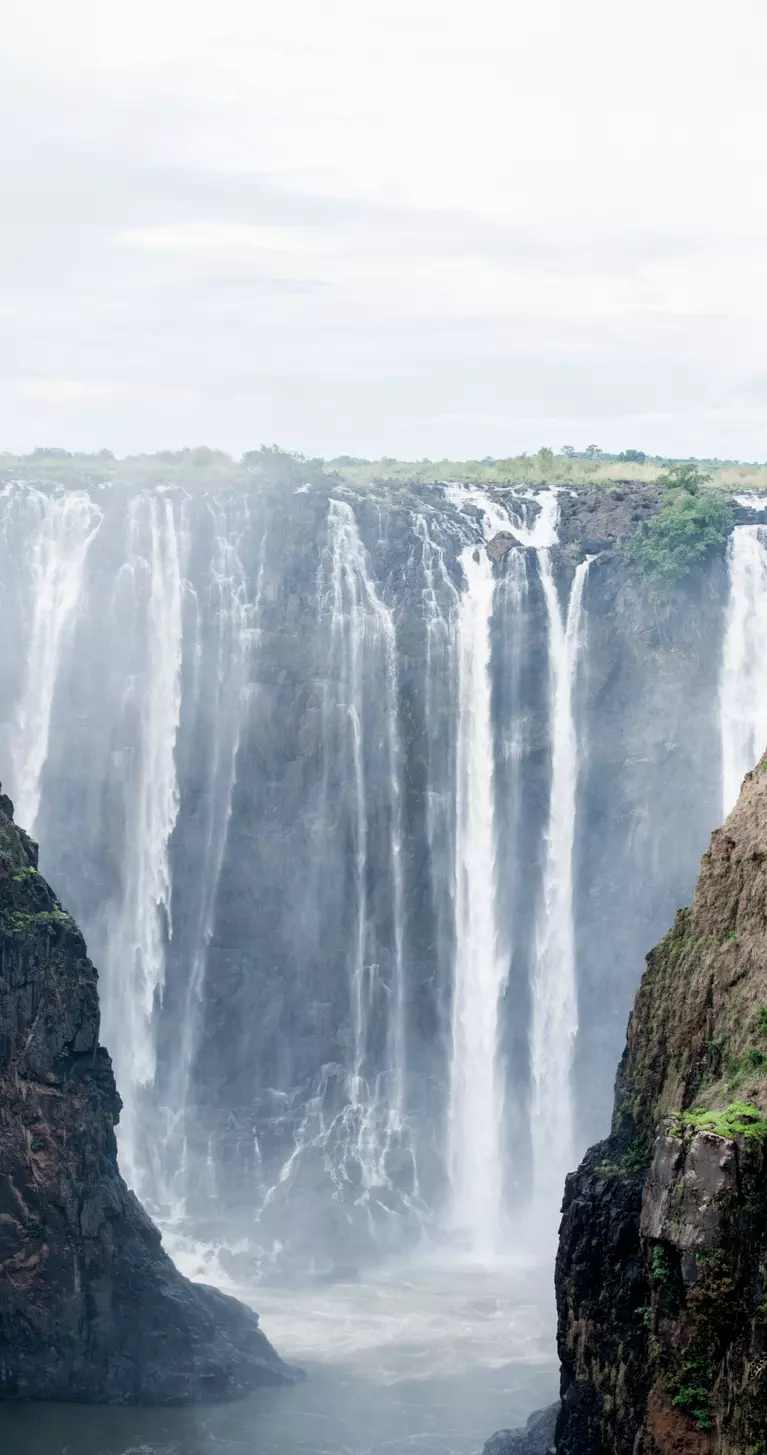
Get to know Zambia before you go.
Best Time to Visit
Zambia’s seasons shape not only the landscapes but also the rhythm of safari life, making the timing of your visit central to the kind of experience you’ll have. From thunderous waterfalls to vast wildlife encounters, each season reveals a different face of this Southern African treasure.
The dry season, stretching from May to October, is the pinnacle of safari travel. Vegetation thins, water becomes scarce, and animals gather at rivers and waterholes, offering unrivalled game viewing in parks such as South Luangwa and Lower Zambezi. With clear skies and cooler nights, it’s also a comfortable time for outdoor adventures.
From November to April, the emerald season arrives with rains that transform Zambia into a lush, green haven. This is when migratory birds fill the skies, making it a dream for birdwatchers. While game spotting is more challenging, the scenery is breathtaking, and the sense of renewal is unmistakable.
Victoria Falls is at its most dramatic between March and May, when the Zambezi River surges with water, sending spray high into the sky. In contrast, the dry season unveils rock formations and offers the daring chance to swim in the Devil’s Pool.
Cultural vibrancy also defines Zambia. Timing your visit with ceremonies such as the Kuomboka, where the Lozi king moves his court across the Zambezi floodplains, or the lively Umutomboko Festival, offers a deeper connection to the country’s traditions.
For solitude and softer transitions, April and November provide quieter moments. These shoulder months balance wildlife, scenery, and tranquillity, ensuring a safari experience that feels both personal and profound.
What do the experts say?
Compared to some other African safari destinations like Kenya or South Africa, Zambia offers a more off-the-beaten-path, less commercialized experience. Its a hidden treasure.
If you looking for the best time to visit then pick June to October for prime wildlife viewing and ideal weather conditions.
Zambia still feels like visiting a hidden gem.. It feels authentic, rugged and unscathed by tourism. South Luwangwa has stunning landscapes, high levels of biodiversity, and expert guides who openly and expertly share their knowledge of the wildlife and ecosystems.
Places To Go
Handcrafted journeys to our most popular places to visit in Zambia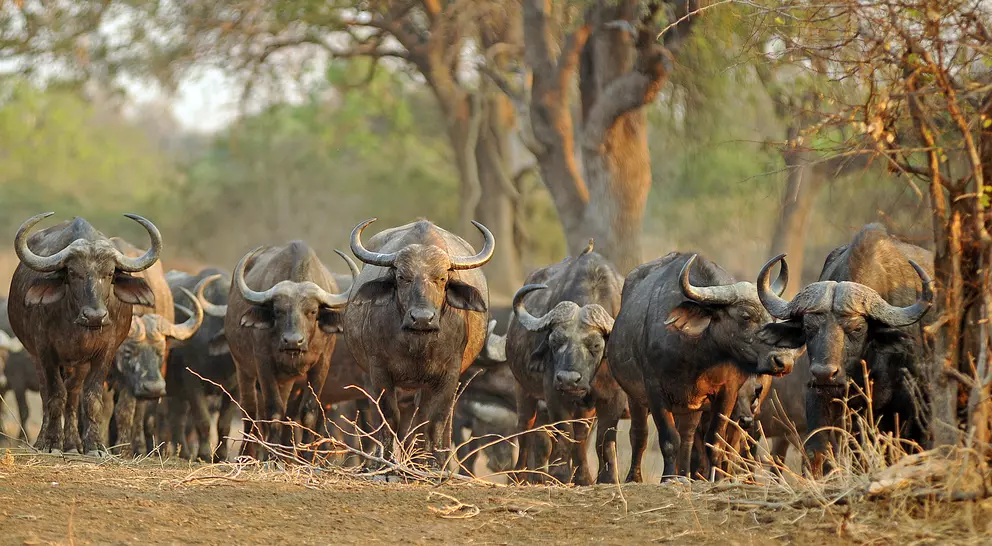
South Luangwa National Park
Located in eastern Zambia, South Luangwa National Park is the southernmost (of three) national park...
Located in eastern Zambia, South Luangwa National Park is the southernmost (of three) national park found in the valley of the Luangwa River. World-renowned for its wildlife on Zambia safaris, the...
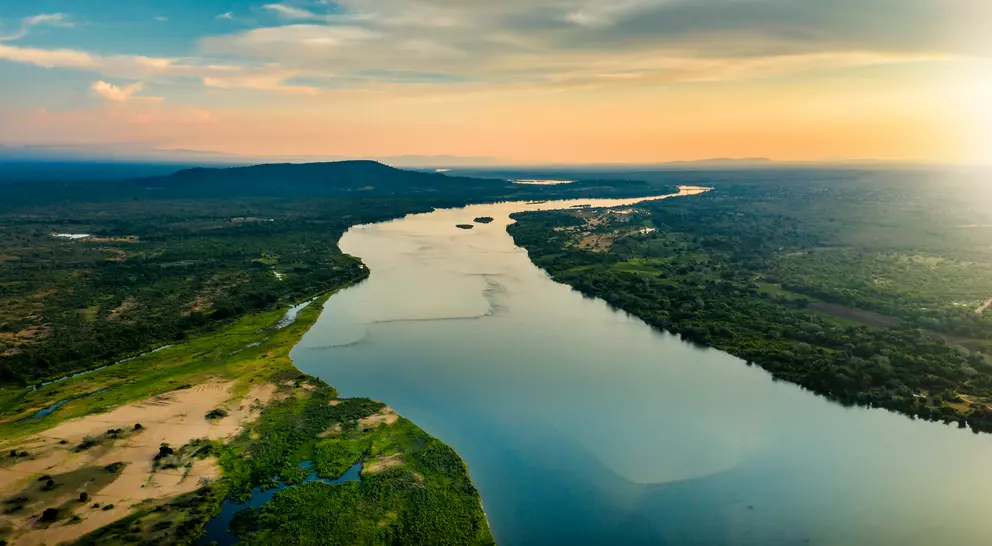
Lower Zambezi National Park
Located in southeastern Zambia, the Lower Zambezi National Park is situated on the north bank of...
Located in southeastern Zambia, the Lower Zambezi National Park is situated on the north bank of the Zambezi River. The park itself is surrounded by a much larger game management area (GMA) which...
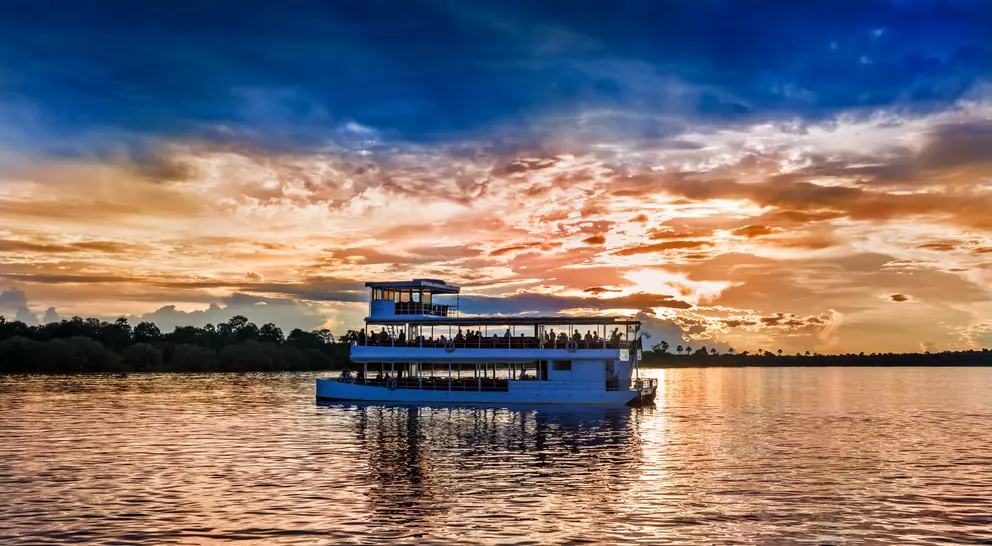
Livingstone
Livingstone is a border town with road and rail connections with Zimbabwe. A tourist centre for the...
Livingstone is a border town with road and rail connections with Zimbabwe. A tourist centre for the world-famous Victoria Falls and gateway for Zambia safaris, Livingstone is the capital of Zambia’s...

Lake Kariba
Located 1,300 km (807 mi) upstream from the Indian Ocean and along the border of Zambia and...
Located 1,300 km (807 mi) upstream from the Indian Ocean and along the border of Zambia and Zimbabwe is Lake Kariba, the world’s largest human-made reservoir.The idea for Kariba Dam and thus Lake...
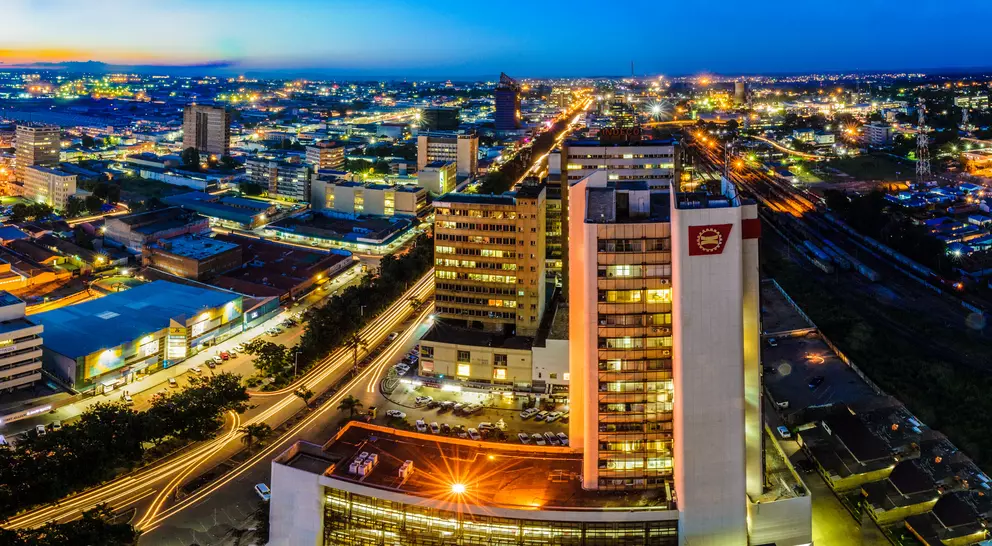
Lusaka
One of Southern Africa’s fastest developing cities, Lusaka is the largest and capital city of...
One of Southern Africa’s fastest developing cities, Lusaka is the largest and capital city of Zambia. Its location allows it to connect with the country’s four major highways heading north, south,...
Travel Styles
Explore Zambia by Travel Type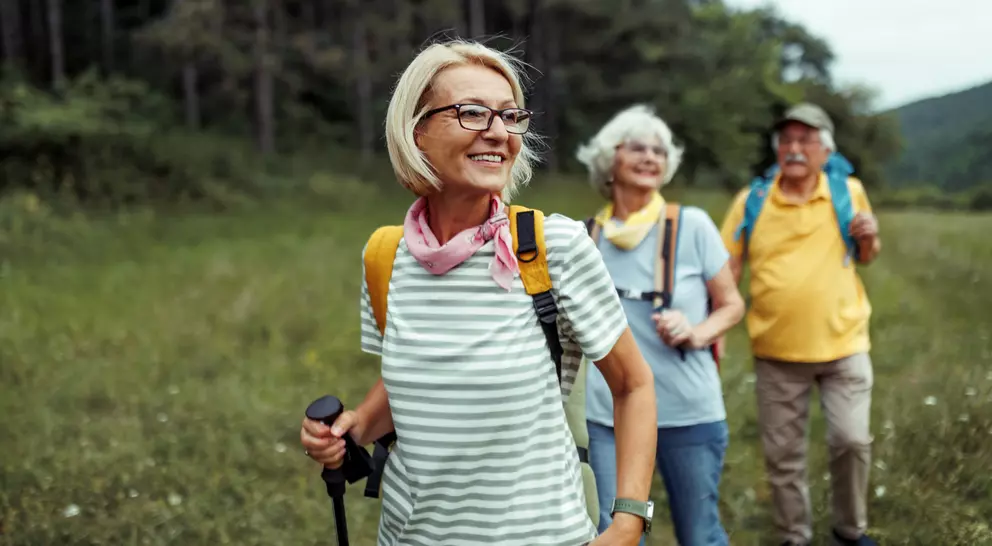
Themes
Immersive adventures shaped by passion, such as food, culture, wellness, and wild discovery.
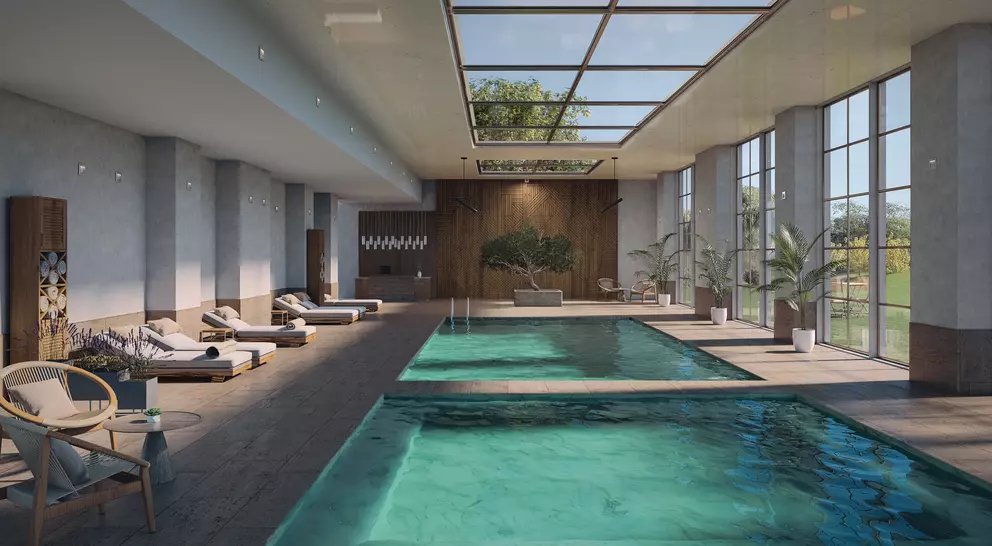
Collections
Curated journeys that capture the spirit, beauty, and essence of travel.

Themes
Immersive adventures shaped by passion, such as food, culture, wellness, and wild discovery.

Collections
Curated journeys that capture the spirit, beauty, and essence of travel.
Frequently Asked Questions
Do I need a visa or special permits to enter Zambia?
What language is spoken locally? How widely is English understood in Zambia?
English is the official language and is used in schools, government, and tourism. Most Zambians also speak one or more of the 70+ local languages, with Bemba, Nyanja, Tonga, and Lozi among the most common. In cities, hotels, and on safaris, English is widely spoken and understood.
What are the must-see attractions in Zambia?
Victoria Falls, known locally as Mosi-oa-Tunya or “The Smoke That Thunders,” is the country’s biggest draw, offering stunning views and adventure activities. South Luangwa National Park is famous for walking safaris and abundant wildlife, including leopards. Lower Zambezi National Park offers boat safaris and canoeing along the Zambezi River. Kafue National Park, one of Africa’s largest, provides vast landscapes and diverse game viewing. For a cultural touch, Lusaka’s markets and Livingstone’s museums give insight into local life.
Is Zambia safe? What should I keep in mind while travelling there?
Zambia is generally safe for visitors, especially in national parks and tourist areas. Petty theft can happen in cities, so be cautious in crowded areas and markets. Roads outside main cities can be rough, so avoid night driving. Wildlife areas are safe when guided—always follow your ranger’s instructions. It’s also important to check health requirements; anti-malarial medication is strongly recommended.
What's the best way to travel within Zambia?
For safaris and national parks, guided tours and lodge transfers are the easiest way to travel. Domestic flights connect Lusaka, Livingstone, Mfuwe, and other safari hubs, saving time on long drives. Car rentals are possible, but roads can be challenging and distances long. Public buses are inexpensive but not practical for most travellers.
What Zambian cultural customs should I be aware of?
Greetings are important—shaking hands and taking time to chat shows respect. When visiting villages, dress modestly and avoid pointing at people with your finger. Always ask before taking photos of locals. Tipping is customary for guides, drivers, and lodge staff, and small gestures of appreciation are valued.
What should I wear/pack for Zambia's climate?
Zambia has a tropical climate with a dry season (May to October) and a rainy season (November to April). For safaris, pack light, neutral-coloured clothing, sturdy walking shoes, and a wide-brimmed hat. Nights can be cool in the dry season, so bring a warm layer. During the rains, a light waterproof jacket is useful. Essentials include sunscreen, insect repellent, and binoculars.
Unlock more by subscribing to our newsletter
With our newsletter, you’ll get access to regular communications that inspire you and help you explore the world your way
